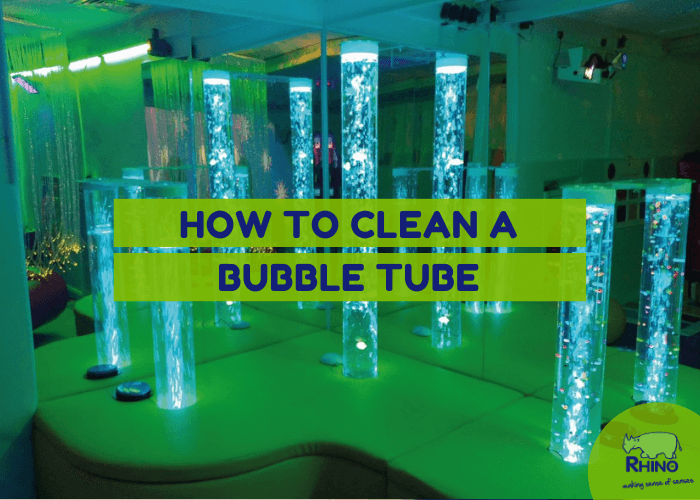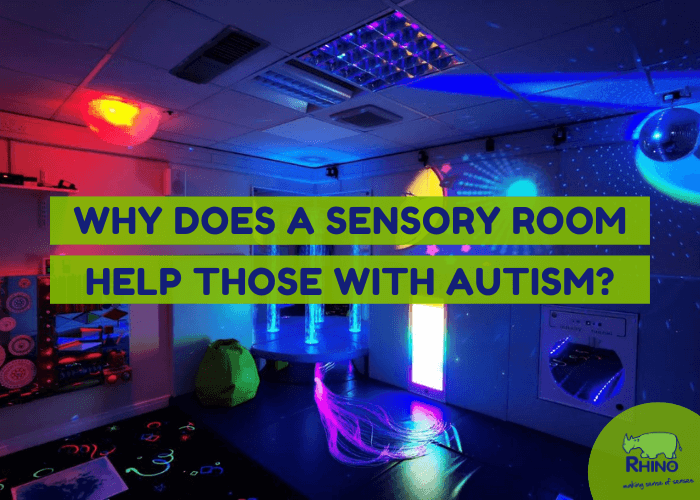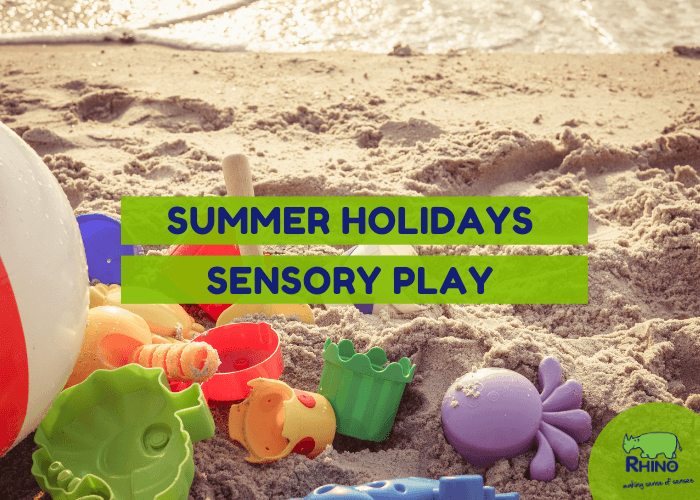Why are social skills important?
Social skills are the foundation of our lifelong journey for personal development.
They help us build friendships, share our thoughts and ideas and evolve our sense of self, all whilst we grow our personal confidence. Laying down the foundations for a happy, enriching and supported life.
Although many people struggle with their social skills, especially ‘neurodivergent’ people with special educational needs, disabilities, or autism. This is because social structures are typically centred around neurotypical people, and feature lots of unspoken rules and practices that can take a while to learn, understand and adapt to.
Fear of embarrassment, anxiety and the tremendous amount of mental effort needed to successfully navigate a social situation, can deter neurodivergent people from engaging in social activities, which can have consequential effects on their learning and development.
Because of this, we thought that it would be a great idea to share more inclusive ways of being social:
- Firstly, how neurodivergent people communicate differently.
- Secondly, what you can do to be more accommodating for their personal journey of learning and development.

How do neurodivergent people communicate differently?
Neurodivergent people communicate differently. Whether they have special educational needs and prefer to use simple sentences in conversations. Have autism and like to use their bodies animatedly when talking about things that are important to them. Or if they’re disabled and like to use sign language.
There are many reasons why traditional ways of communication simply don’t work. And that’s because there is a rainbow of different ways to create beautifully rich conversations outside of standard plains of simple spoken words.
Studies have shown that more inclusive forms of conversation are the most insightful.
In the 1940s, prolific anthropologist Ray Birdwhistell found that only 20% of meaning is shared verbally in a conversation and that the other 80% is shared non-verbally. He also found that words only rank a 7% affective rating within a conversation, whilst non-verbal cues scored a 55% affective rating – furthering the idea that conversations are a lot more than words.
Birdwhistell’s studies pose an interesting question into the prominence of neurotypical conversations. And why more time hasn’t been spent trying to understand and cater for more neurodivergent conversation styles if they are more expressive and emotive.
And that’s exactly what we’re hoping to uncover.

The Five Senses in Conversation
To understand the unique conversation styles of neurodivergent minds we’re going to look through the lens of the five senses.
Touch
You may not first consider touch to be an important conservational sense. Words are abstract, not tactile. But touch carries a lot of meaning and it can be considered the silent sense of conversation.
Greeting a friend with a big hug sends feelings of love and affection, whilst a firm handshake situates a conversation in a professional formality. Touch within conversation is especially important for those with autism, as it can be their way of expressing their emotions, whether that’s holding someone’s hand or sharing lots of hugs.
As well as meaning, touch can also help conversations flow.
Talking to someone new can be a scary experience and can cause a lot of anxiety. Although exploring the tactile experience of your surroundings (rough texture of a park bench, tickly woollen jumper, etc) can help ground anxiety and help you focus on your immediate environment and engage in the conversation.
Top Sensory Tip: Sensory Fidgets are perfect pocket-sized tactile distractions to have on hand. They’re great for easing and grounding anxious minds in the moment, by offering a distracting tactile experience for your fingertips to fidget with.

Sound
Sound is the sense that brings words to life. And tone and accent play a huge part in conveying meaning within a conversation.
For Development: Reading aloud or talking to a child with special needs can be instrumental to the development of their speech and conversation skills. Even if they don’t yet understand what you’re saying, or if they can’t talk themselves, they’ll almost certainly be picking up on your tones, pronunciations and mouth movements while you’re talking. And Lip Reading is an essential skill for deaf and non-verbal children.
Sensory Tip: If you’d like to develop your lip-reading skills, we’d recommend using practical handheld mirrors or special double sided mirror boards. Watch the weird ways your mouth moves when you pronounce different words. It can start as a fun game of copycat until you start to feel more confident saying words aloud.
Simple sounds such as a hum can also act as a sonic cue or fill, whether you are acknowledging an idea or filling a quiet part of a conversation whilst you’re putting sentences together in your head.

Music
For Expression: Music is also an artistic form of communication. It’s a universal language that’s understood by everyone across the world. If you start singing Hey Jude when you’re abroad, you’ll likely find someone who’s willing to sing along. Whilst the meteoric global success of K-Pop bands like BTS also prove that you don’t need to understand words/language to evoke meaning. That it’s all about sound.
Communicating through music is especially effective for children on the autistic spectrum, as it can quickly become a magnificent multisensory development session. You can build fine motor skills as you dance along to the groovy beat, exercise your voice by singing along to the lyrics, or just sit back, relax, and listen to your favourite tunes. It’s a fun and inclusive way to learn and develop your senses.
The success of special needs musicians communicating through sound can also be seen within mainstream media. Beethoven was deaf during the last 25 years of his life when he was composing some of his most prolific symphonies. And fan favourite Daniel Wakeford, frontman of The Daniel Wakeford Experience is a beacon of shining positive light for autistic musicians as he tours the UK with his band.
Sensory Tip: If you’d like to start your own band and unleash your inner musician, you’ll be able to find an excellent orchestra of sensory instruments in our sensory music collection.

Sight
For non-verbal or deaf people, sight is an imperative communication skill.
Sign language is an inclusive tool for people throughout the disability spectrum, as it provides a universal language that can be used on its own, or to support speech. It’s not only used by people who are deaf or hard of hearing, as those with communication issues can also use it to support their spoken words.
Makaton is a relatively new sign language hybrid that was specially created for those who struggle with their words. It’s what you see Mr Tumble use during episodes of Something Special, and over 1 million people use it as a communication tool. If you want, you can learn more about it right here; https://youtu.be/tRiW0s7wWIc.
Gestures such as nodding, pointing and making direct eye contact are also great ways to let children know that you understand what they’re saying. What’s best is it’ll also probably give them a comforting confidence boost.

Images and Art:
The phrase ‘a picture can paint a thousand words’ didn’t pop out of the blue. And it’s certainly accurate for people who’d prefer to communicate visually rather than sonically.
For development: Children can match and associate words with certain objects, as they ground the abstract nature of speech into something physical. Starting with cue cards at home or in the classroom, you can then develop your skills by naming objects you come across in your day to day activities.
For Expression: Sight can elevate conversation, but it can also be used as a conversation piece itself. Colours, shapes and styles all imbue their own unique meanings and emotions – and a canvas can become a bold platform for a deeply personal conversation. It also offers an inclusive style of conversation for those with special needs, as there is no wrong way with art, and you can create and say whatever you want, in whatever way you want.
Here are some awesome examples of artists with special needs and the amazing art that they’ve produced https://www.webdesignerdepot.com/2010/03/the-amazing-art-of-disabled-artists/.
Sensory Tip: Fancy becoming your own artist? Check out the Scentos multisensory art station. Express yourself with the bright colours in the set, but also smell the colours for an awesome 3d sensory experience.

Smell
Smell might be a key communication tool for animals, including the mighty rhino, but it’s probably one of our most underused communication senses. Although there are some situations where smell might aid and support conversation.
The full-bodied aroma of an Arabica blend might remind you of the relaxed atmosphere of a warm coffee shop in autumn, filled with lively conversation. Whilst lavender might remind you of your favourite bedtime stories. With smells setting the scene for fond memories and conversation.
Because of this, Smell is a key sense used within care homes during reminiscence activities to stimulate conversation. Unique smells can trigger happy memories that elderly patients might be more forthcoming to share and chat about.
Sensory Tip: You can find out more about how smells are used for reminiscence activities in our reminiscence rooms guide, or you can check out our special Smell Pots and Aroma Cubes.

Taste
While not incredibly useful for communicating, taste can facilitate meaning in bold ways that could be significant for people with special educational needs.
The sweet taste of vanilla in a birthday cake might mark an exciting celebration – symbolising friendship, excitement, and fun. Whereas the taste of a roast dinner might represent a symbol of time spent with the family and warm conversations around the dinner table.
Highlighting how cherished conversations are usually situated within vivid multisensory experiences.

Conclusion
Whether you’re neurotypical or neurodivergent, it’s clear that all five senses are important when it comes to communication. And more inclusive approaches to communication can create deeper, richer, and more meaningful conversations.
Which sense do you rely on most when communicating?
Learn More
If you want to find out more about communicating with people with learning difficulties, Mencap have lots of great resources to help, which you can find right here: https://www.mencap.org.uk/learning-disability-explained/communicating-people-learning-disability.



